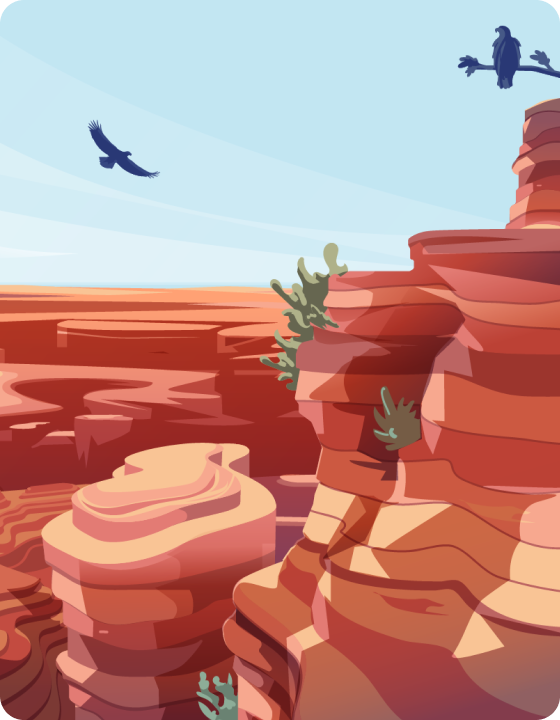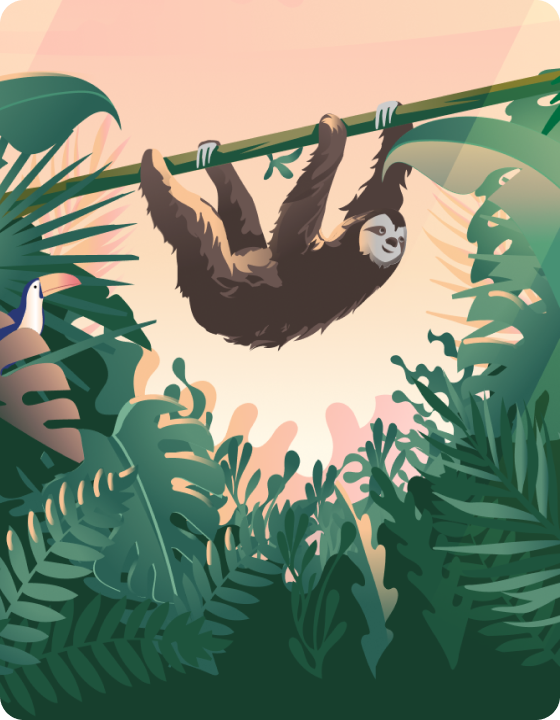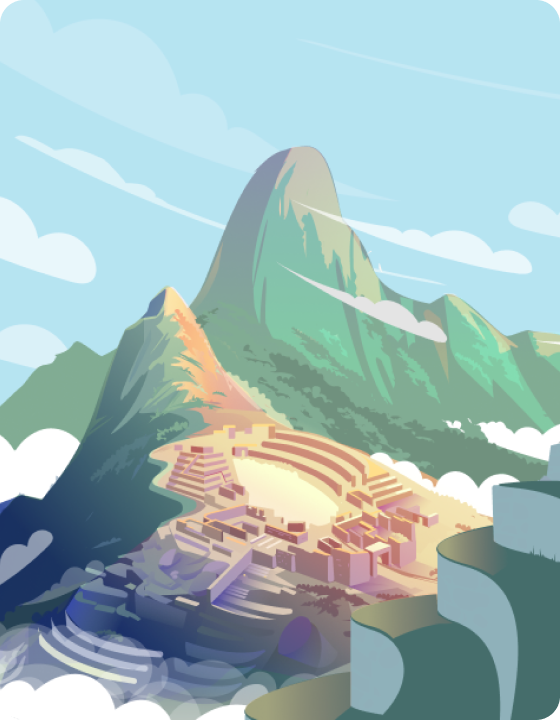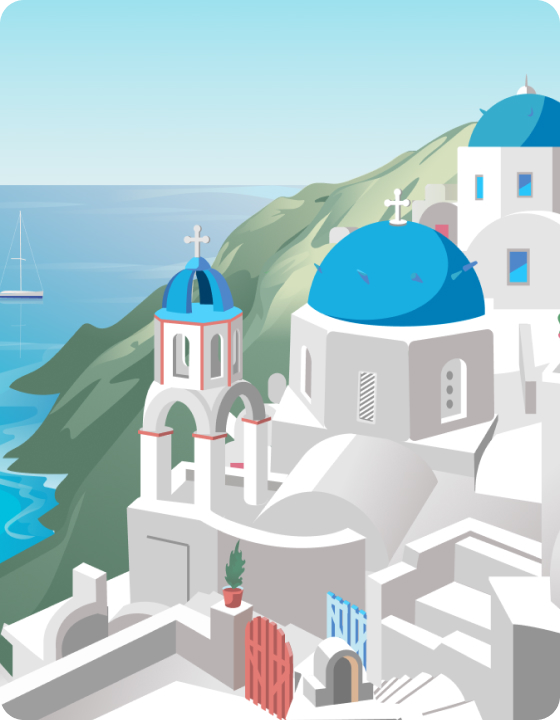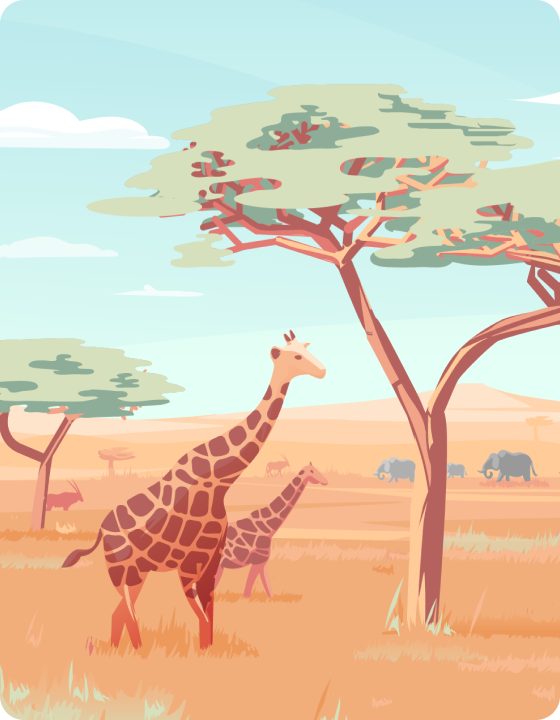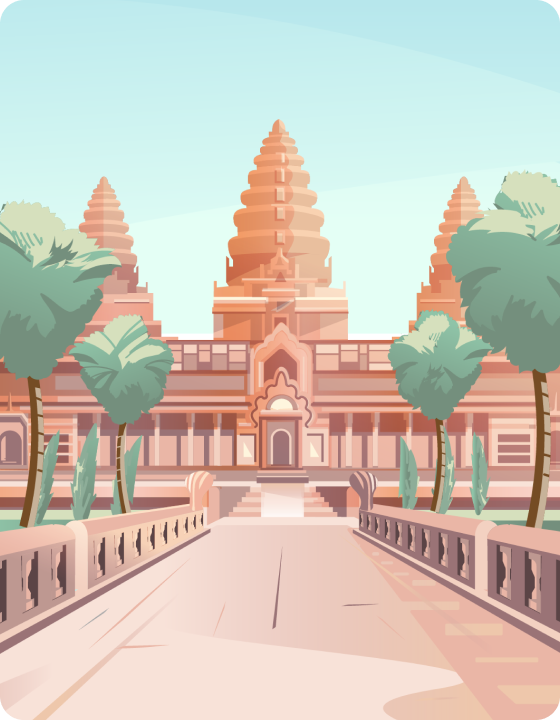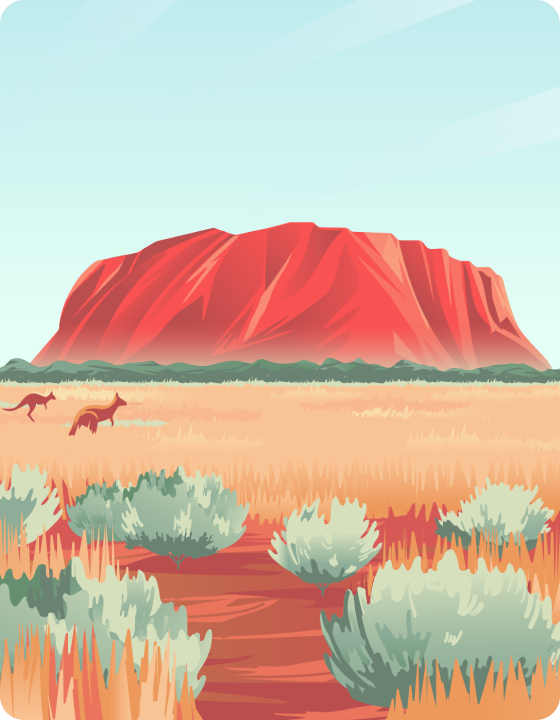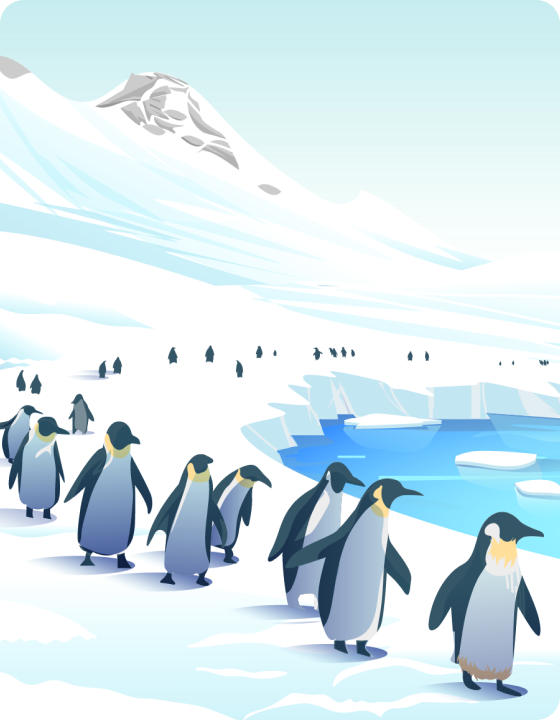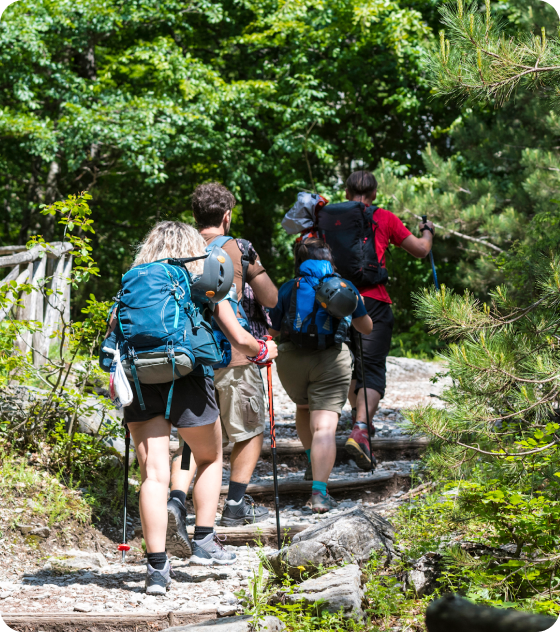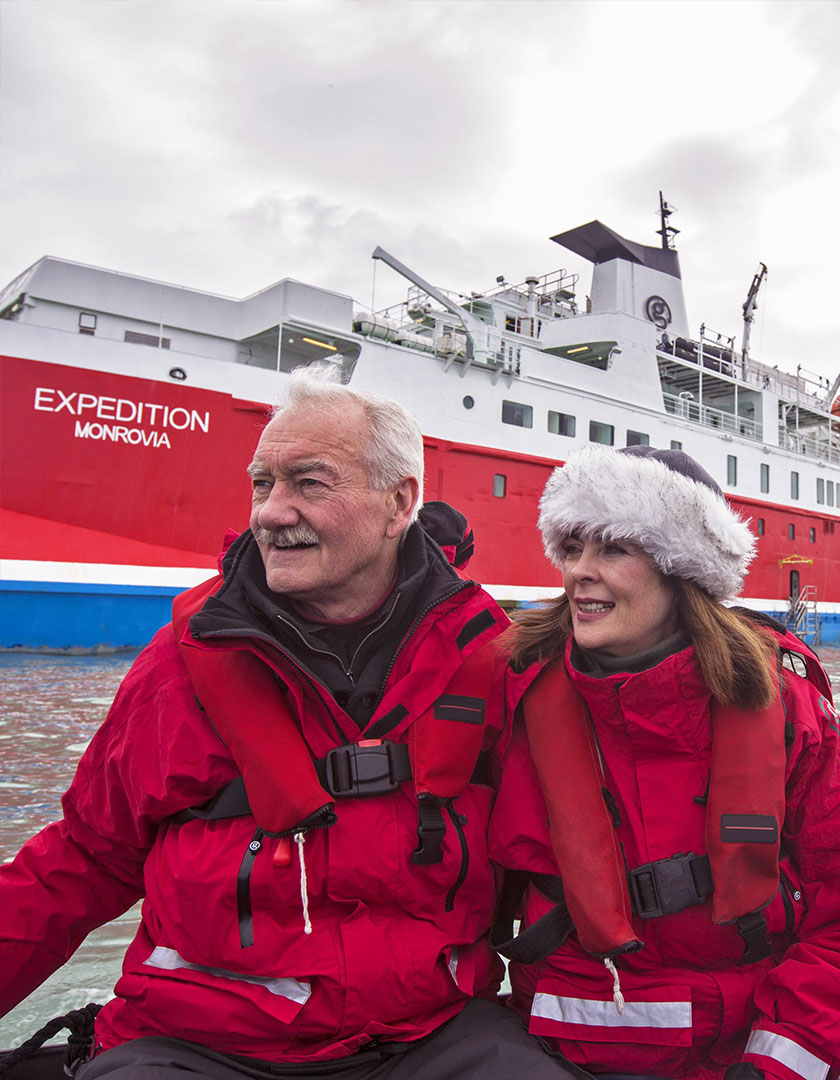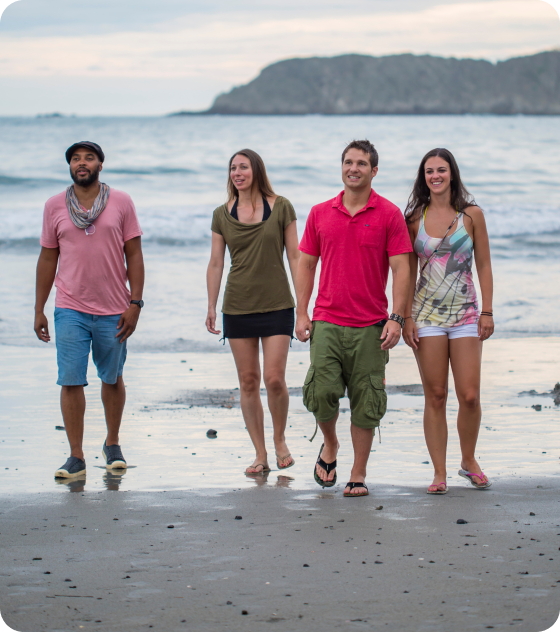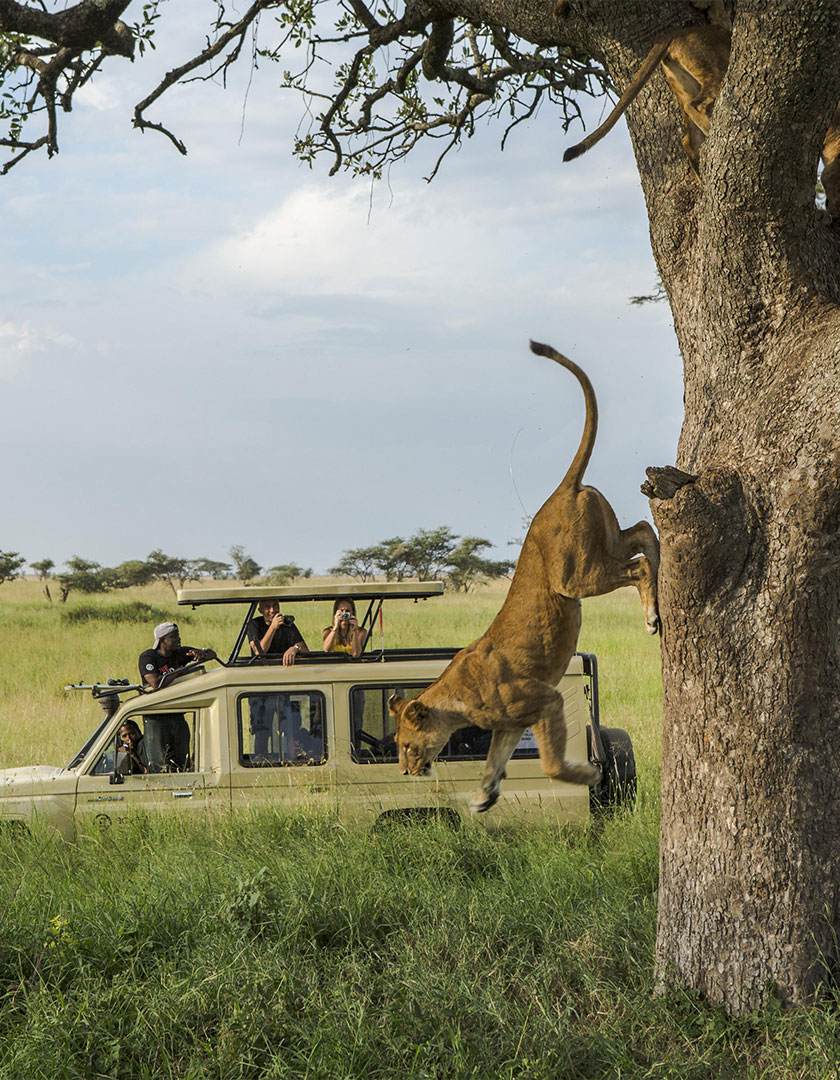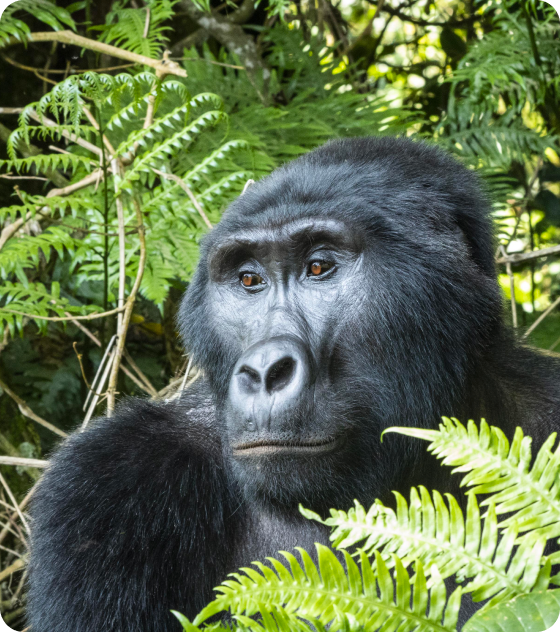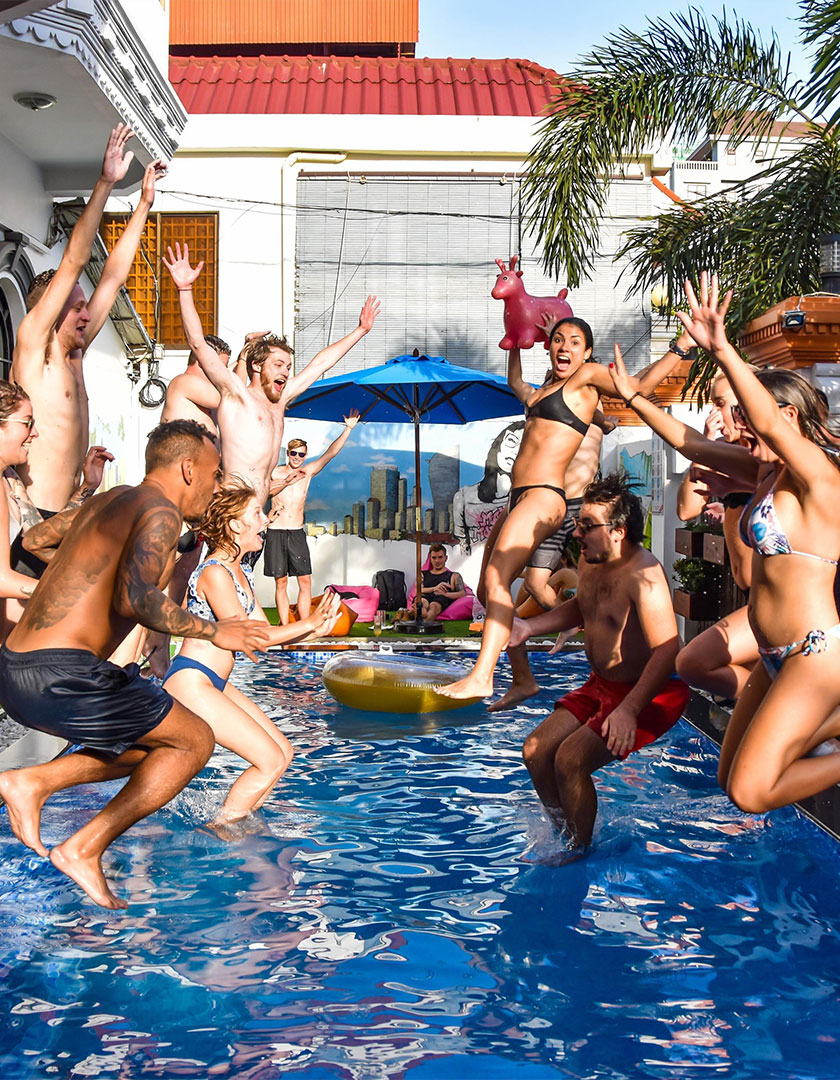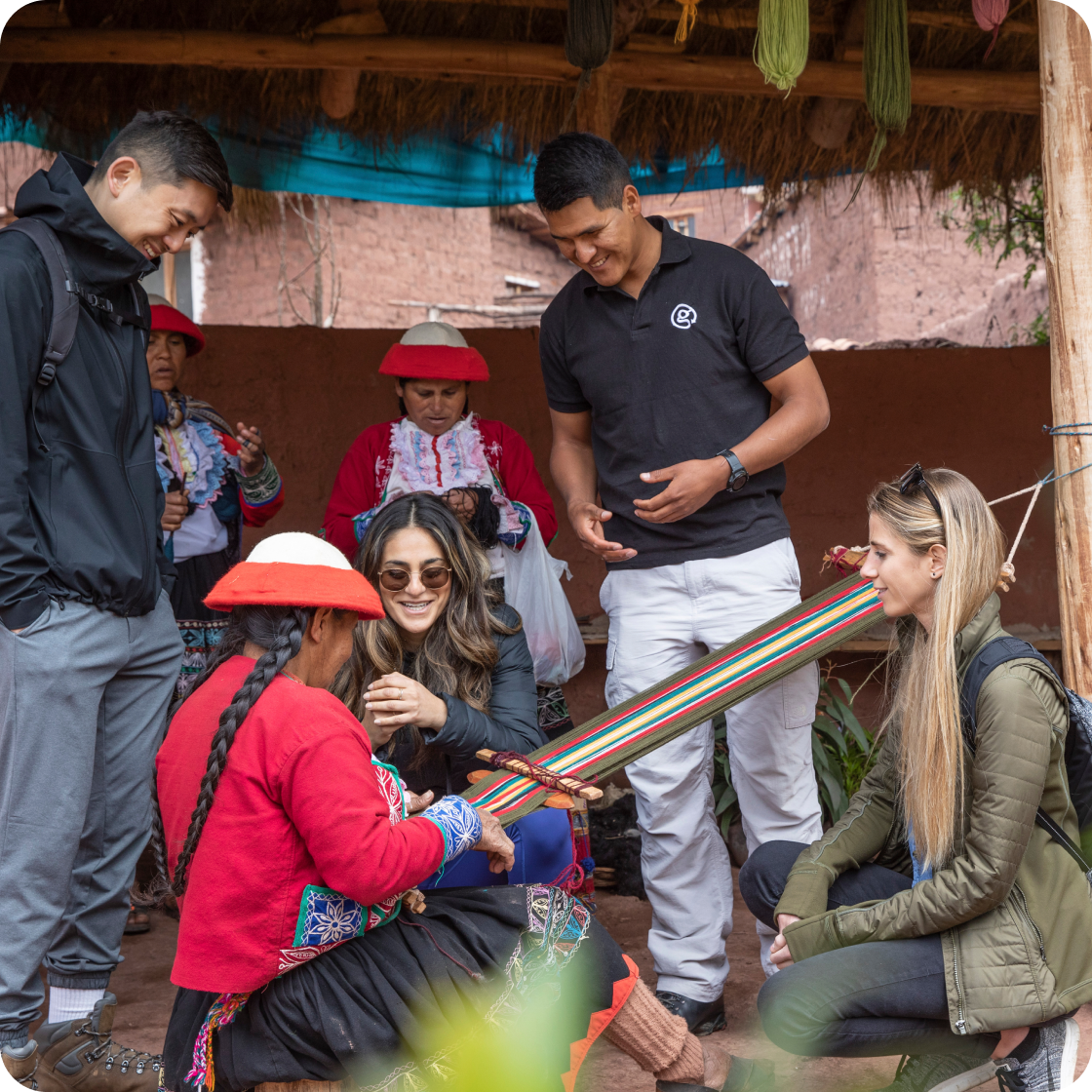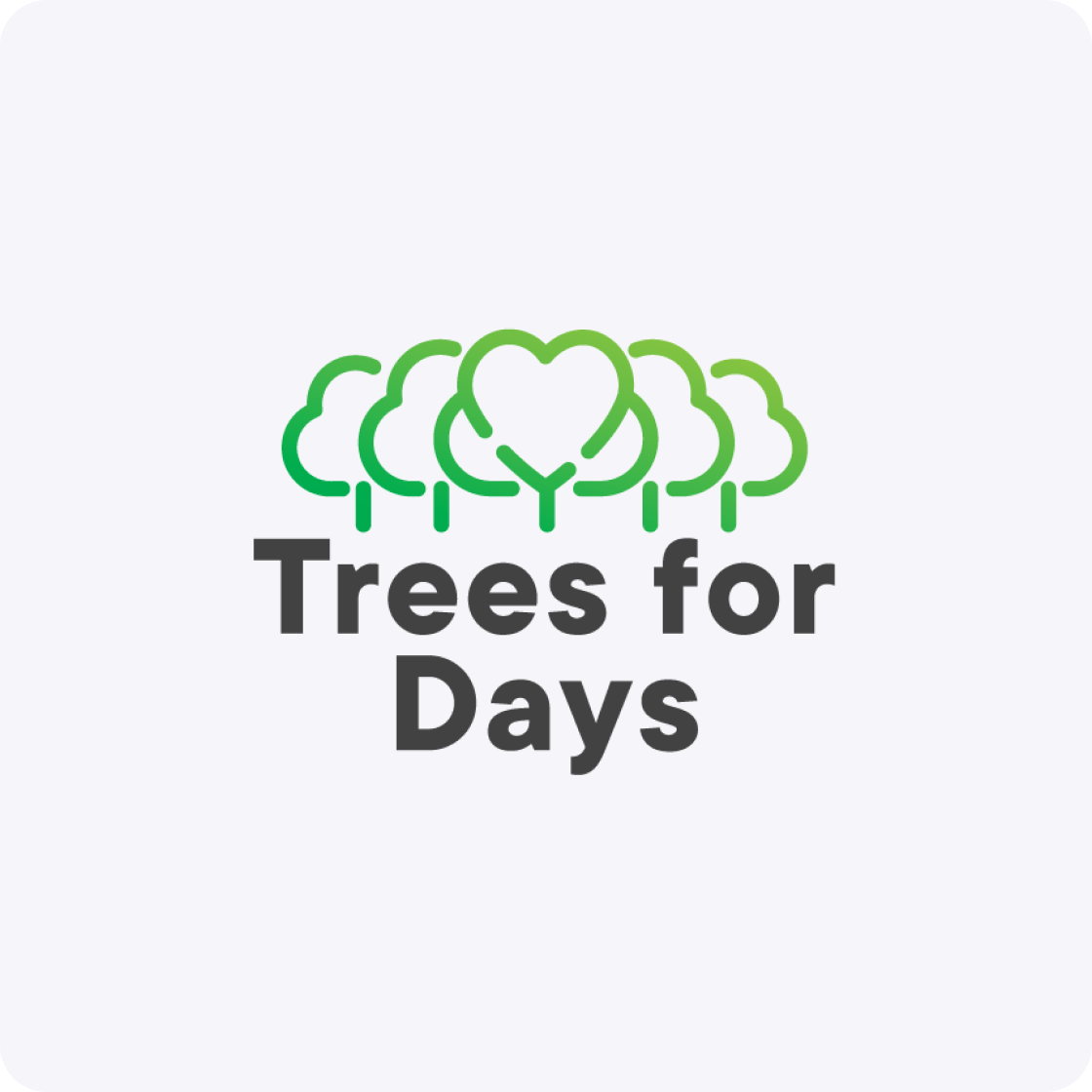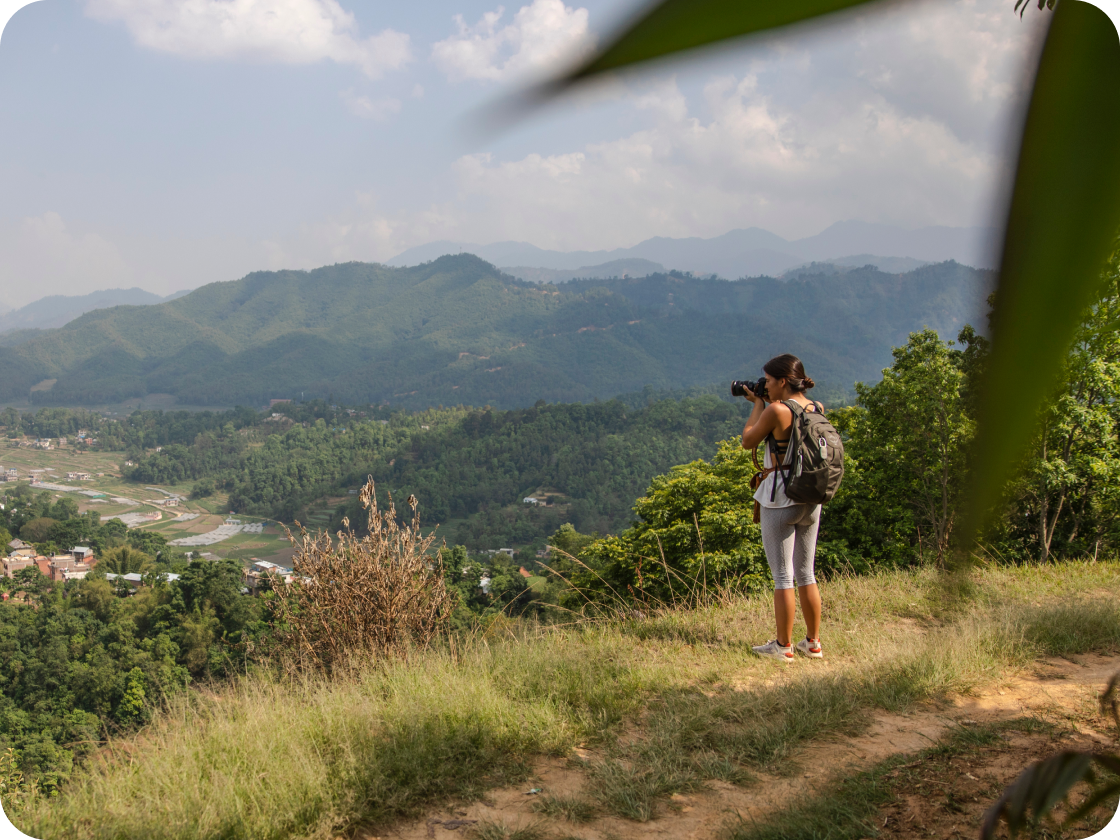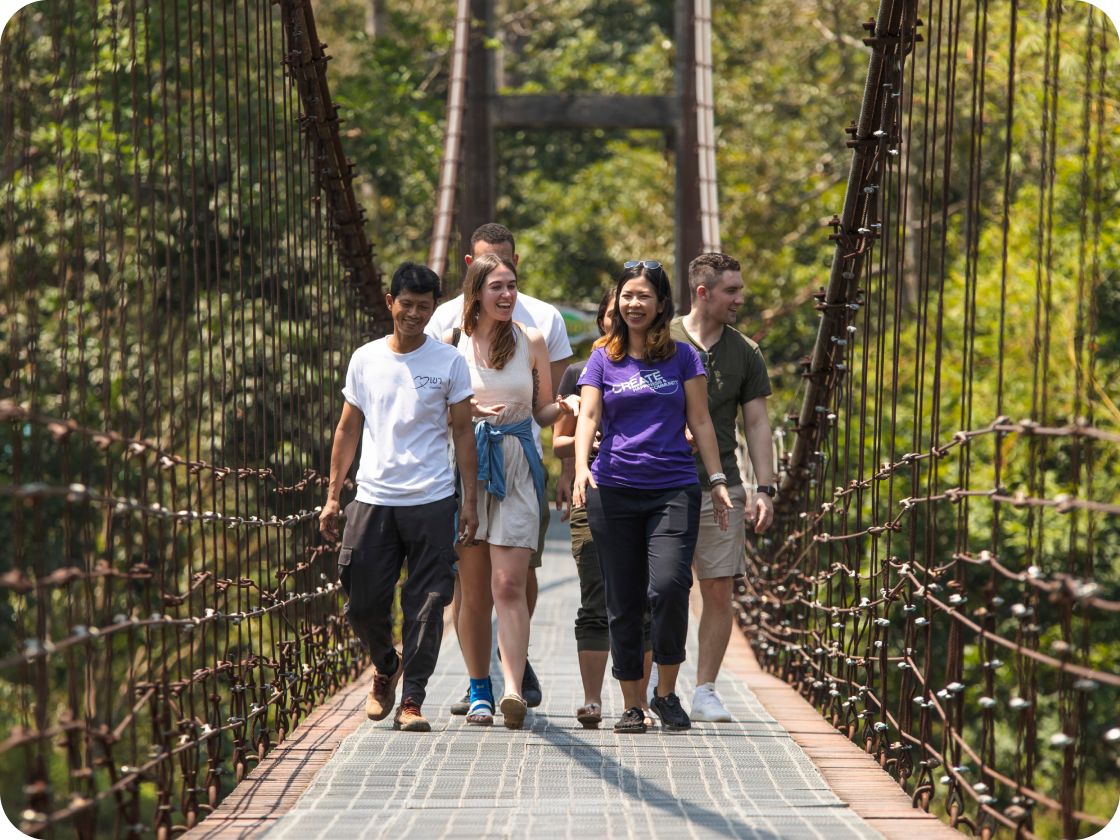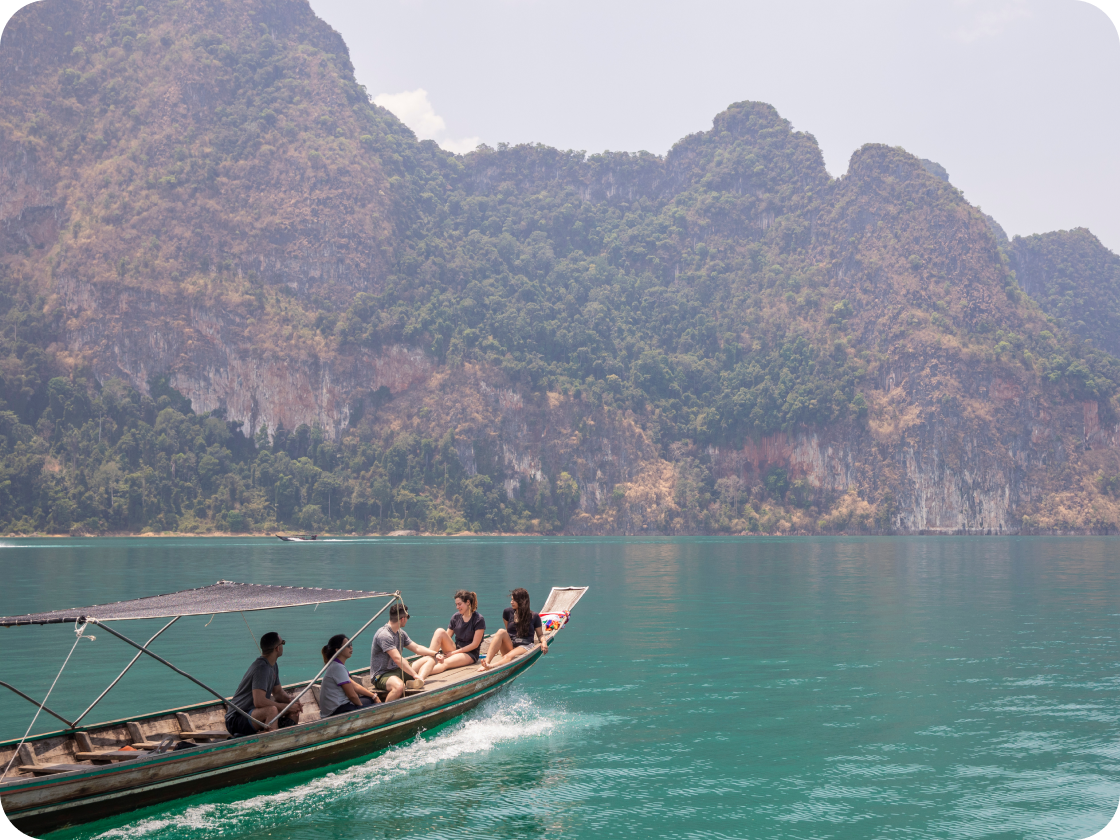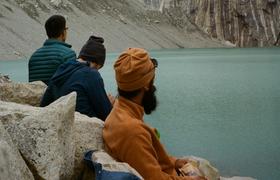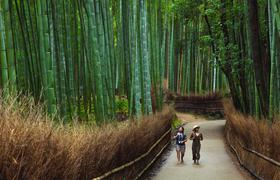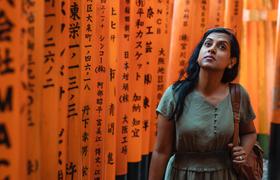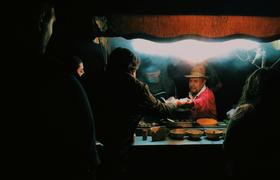
The sweetness (and sadness) of travelling in the Balkans
Sometimes, the best memories are from the times that challenge us the most
The sun is setting as our bus leaves Belgrade and speeds past the small towns of Serbia — Ruma, Šabac, and then Banja Koviljača — on its way to Sarajevo, Bosnia. Big dogs and small children run around the tidy front yards of short, squat houses. Every so often, the red clay of a tennis court flashes by and then it’s back to fields of green. I’m reading Logavina Street by Barbara Demick and I’m not sure how to feel about Serbia.
Written by an award-winning journalist, the book describes Serbia’s almost four year siege of Sarajevo from 1992 to 1996 during the Bosnian War. Although you’d be hard pressed to travel to a country without trauma, the history feels closer to the surface here and inescapable in the experience of travelling south down the former Yugoslavia.
Many nights, awake with jet lag, my partner and I trade stray observations about the cultural shifts we’ve noticed since arriving in Budapest. We didn’t know very much before, and we don’t know anymore now. I type into my phone: How are Croatians different from Serbians? How are Serbians different from Bosnians? What are people in Montenegro like? Articles pop up about senses of humour, friendliness, and religion. And then I ask it: What really happened in the breakup of Yugoslavia? I am the worst detective this case has ever seen.
We’re still not completely sure why we decided to spend our two weeks away from work in the Balkans. It started with a vague idea of Europe and ended with a seven country itinerary that, with layovers, included England, Hungary, Serbia, Bosnia and Herzegovina, Croatia, Montenegro and Germany. Every couple of days we moved to a new city, a few of the days we spent lying on pebbled beaches doing absolutely nothing.
It wasn’t gruelling, it wasn’t difficult — it felt like freedom. When you only have a few days away from your job, living out of a backpack is the ultimate juxtaposition. There’s a wildness to travel that you can reclaim every time you book a trip. This is the world and it’s so big and complicated and you’re just a part of it. You, with your dirty hair and mouth full of the wrong language.
There are moments of luxury between the long bus rides that take us place to place. We spent all afternoon soaking in the thermal Gellert Baths of Budapest after a meal of fish paprikash with túrós csusza, a cottage cheese pasta, at a restaurant overlooking the Danube River. We hiked up the city walls of Kotor in Montenegro and swam in a cave with crystal blue water. We drank enough salty white wine in Belgrade to briefly consider the splavs, floating river clubs pulsing techno music up and down the River Sava, but we were too full from the five-star tasting menu at Ambar that cost less than a month’s public transit pass at home in Toronto. We drank thick coffee from copper pots, ate burek and smoked hookah in Baščaršija, Sarajevo’s medieval bazaar.
I had no expectations for this trip beyond an escape from my day-to-day life. Planning our route, the city names sounded like exotic jewels to unwrap and they were — each a prism casting light and shadow in different directions. We try to stay flexible and adapt to our surroundings as it lives and breathes around us. We’re guests here, it’s not built for our pure enjoyment. We try to savour the sweetness while respecting the sadness of travelling through post-conflict countries.
Sometimes, the best memories are from the times that challenge us the most. The situations that can’t be photographed because they are longer stories of frustration that resolve like dissident chords becoming consonant.
There were the expensive and bland restaurants surrounding our apartment on Dubrovnik’s Lapad peninsula that led to grocery store excursions and homemade meals. The city felt swamped with tourists and it was a relief to opt out, rather than stew in disappointment. We napped in the sun, read our books and ate grapes that grew on the balcony. Not everywhere is for everyone — an uncomfortable judgement to even make for a city that’s simply using tourism to bolster economic growth after seven months of bombing in 1991-92.
There were the packs of drunk stag parties roving the streets of Budapest looking for women and vomiting up lángos, fried dough slathered in sour cream. We went to the same ruin pubs, but left before the crowds. We had an early bus to catch.
Then there was Galerija 11/07/95 in Sarajevo, a memorial exhibit for the 8,372 people who were massacred in Srebrenica during the Bosnian War. I cried watching video footage of men and boys leaving the women to try and escape through the mountains. I still think of it constantly — how I was so sure that I would have never left my partner, and then realizing that of course I would, as he carries both of our bags up steep hills barely breaking a sweat. I wanted to be different than those women, but I’m the same, just in another time, space and situation.
Days later we are driving through Bosnia, headed to the coast, with a guide who was born after the war ended. She tells me that her apartment building has Serbs, Croats and Bosniaks. She wants me to know that everyone gets along and it’s not a problem. It wasn’t a problem before the war, the problem was Ratko Mladić and other war criminals. I feel compelled to tell her that I love the Muslim call to prayer, especially at sunset. She laughs at me and says it is not so serious. She wants to know if I’ve been on Tinder and tells me about how all the men in Sarajevo are annoying.
We make stops in Konjic, Počitelj, Mostar and Blagaj. The winding mountains of central Bosnia turn into Western Herzegovina’s sandy hills with vineyards and cypress trees. Our guide offers us cigarettes and candy from her purse, and squabbles with the driver about whether we should listen to ‘70s Yugoslavian rock or Top 40 synth pop. We listen to both. We don’t care. We’re just so happy to be there.
Getting there
Want to take a break in the Balkans? G Adventures can get you there. Check out our Discover the Balkans tour here.
